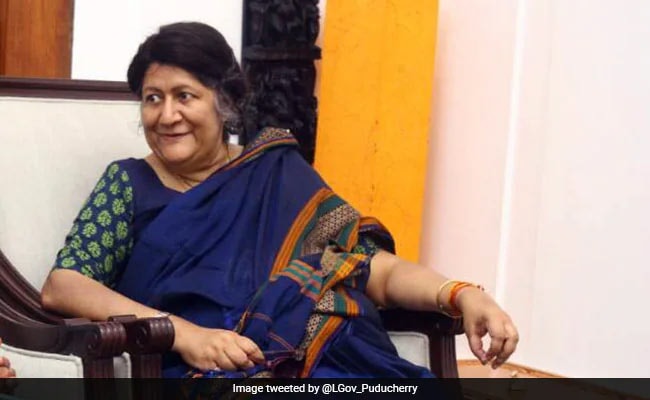2024-03-19 19:04:39

Indira Banerjee became a judge of the top court on August 7, 2018 and retired in September 2022.
New Delhi:
Former Supreme Court judge Indira Banerjee on Tuesday underlined the “gender imbalance in the higher judiciary” and said her appointment to the top court in 2018 made her only the eighth woman there in 68 years after the Constitution coming into force.
She, however, expressed hope that in future the representation of women in the higher judiciary would improve.
“I was the eighth woman to be appointed judge of the Supreme Court in 68 years after the Constitution came into force…. Why do you have this gender imbalance in the higher judiciary?” she asked in her address at an event organised by the Adhivakta Parishad here to celebrate International Woman’s Day.
Ms Banerjee became a judge of the top court on August 7, 2018. She retired on September 23, 2022.
During her address, she said this situation existed despite women in several states faring better than men in the judiciary’s competitive exams.
She said around 60 per cent of the successful candidates in these exams were women.
“So why is it that they do well when it comes to competing in an examination but we can’t make it to the higher judiciary? This is because of the system of making appointments — that 33 per cent of the members are appointed from the judiciary and 66 per cent are appointed from the bar…,” she said.
Justice (retired) Banerjee said a married woman legal practitioner would possibly have to take a year or two off from her practice because of maternity issues.
“And then of course the mindset which expects the woman to play second fiddle at home to do only household chores. The man of the family will be excused if he doesn’t meet his relatives, but the woman is expected to socialise, is expected to be there,” she said.
“And then, of course, you have expressions like this lady, she’s too ambitious. What’s wrong with being ambitious?” she added.
“I hope there will be more women in the Supreme Court. At least 40 per cent. There will be more women who will even adorn the top office in the higher judiciary and become Chief Justice of India,” she said.
She said that the biggest hurdle to women’s equality was the societal mindset.
Delhi High Court judge Justice Pratibha M Singh, who also addressed the gathering, said women were not the mere catalysts of social change as they played the “biggest role” in the country’s family structure.
“The biggest role is played by women (in the family structure). And therefore, I believe that women are not just catalysts in social change…as you all know, in a chemical reaction, a catalyst merely makes the reaction happen. But I think that women are the social change. We’re not just catalysts in the field,” she said.
Justice Singh said that while 50 to 60 per cent of the law students were women, only around 15 per cent are enrolled as advocates.
“I think that is because of society, the general feeling in society that women lawyers are not good homemakers,” she said.
“But you know, I must say that women litigating lawyers are actually more sensitive. They know what is wrong in the courts… So I do think that women are compassionate, kind and the societal mindset has to change a lot on this,” Justice Singh told the gathering.
(Except for the headline, this story has not been edited by NDTV staff and is published from a syndicated feed.)
Supreme court,Indira Banerjee,Gender Imbalance in judiciary
Source link
![]()
